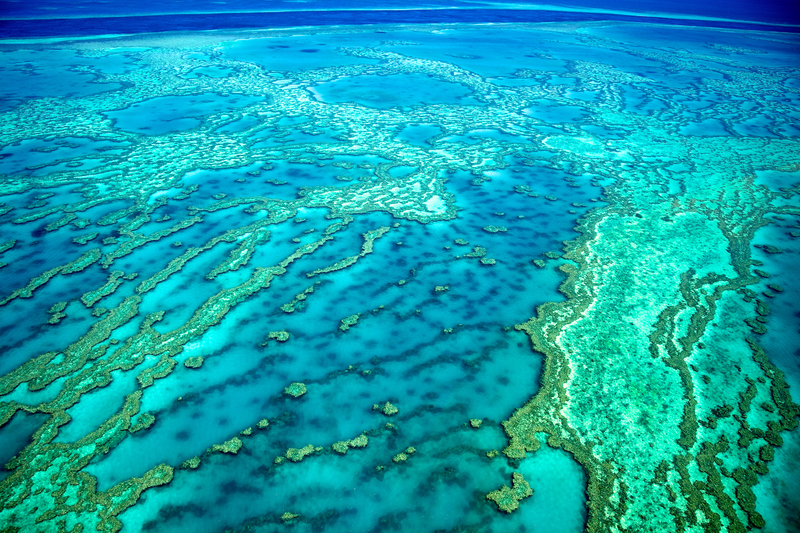The Great Barrier Reef is in trouble. For the second year in a row, the Australian treasure has suffered massive coral bleaching due to climate change. As the name suggests, bleaching is when coral lose all of their signature vibrant colours (this colour comes from algae that live inside healthy coral). Bleaching does not immediately kill coral. The coral still lives for a time and can regain its algae and colour. But it does slowly starve it and put it in great danger.
Many factors can cause bleaching, including toxic chemicals and low temperatures. But in the case of the Great Barrier Reef, unnaturally warm temperatures are to blame. Now, this reef is massive (it's the only living organism visible from space!), but even something this huge is at risk. About two-thirds of the reef (mainly the northern half of the reef) has gone through two years of record bleaching. In a few of these affected areas, over 50% of the coral are now not just bleached, but dead.
The silver lining IS the cloud
The only way to fully stop this trend is to reduce carbon emissions into our atmosphere. But this will take time, as well as a lot of political pressure on world leaders and businesses. So scientists are looking for other ways to help lower the temperature in these areas. And we want to talk about one of the most interesting one: cloud brightening.
At first, that might sound all backwards. If we're trying to cool something, why would we want to make clouds brighter? The answer lies in reflection—black absorbs heat, while white reflects it. Dark clouds will block the sun, but they will also absorb and hold on to the heat. A brighter cloud, however, will not only provide immediate shelter from the sun, it will send much of its heat back into space.
This is what cloud brightening is trying to accomplish: make brighter clouds that will help to bring the temperature down.
Mister misty
So how does this work exactly? Are scientists sending crews up in helicopters with paint rollers and buckets to paint clouds white? No. Instead, stations on the shore and across the ocean would spray a fine mist of salt collected from seawater into the air. They would target large, low-laying clouds already over the ocean. These tiny particles of sea salt would filter through the clouds, making them brighter.
How well would it work? Cloud brightening already occurs naturally in the some areas, and it usually drops the temperature by about 0.5°C to 1.5°C. That may not sound like much, but it's about the same amount that the oceans are warming to cause the bleaching in the first place. In other words, even a small change can have a big impact.
A band-aid, not a cure
To be clear, this is not a long term solution. The main goal of scientists and activists fighting for the Great Barrier Reef is to reduce carbon into our atmosphere (you can read more about this in the May issue of OWL Magazine, out now!). Still, while we wait for that to happen, there is reason to believe that cloud brightening could help save much of the reef.
And that's some bright news to put some colour back into the cheeks of all you coral-lovers out there. As well as, of course, the coral themselves!
 The Great Barrier Reef in Australia is one of the world's greatest natural features. (© Tanya Puntti | Dreamstime.com)
The Great Barrier Reef in Australia is one of the world's greatest natural features. (© Tanya Puntti | Dreamstime.com)









